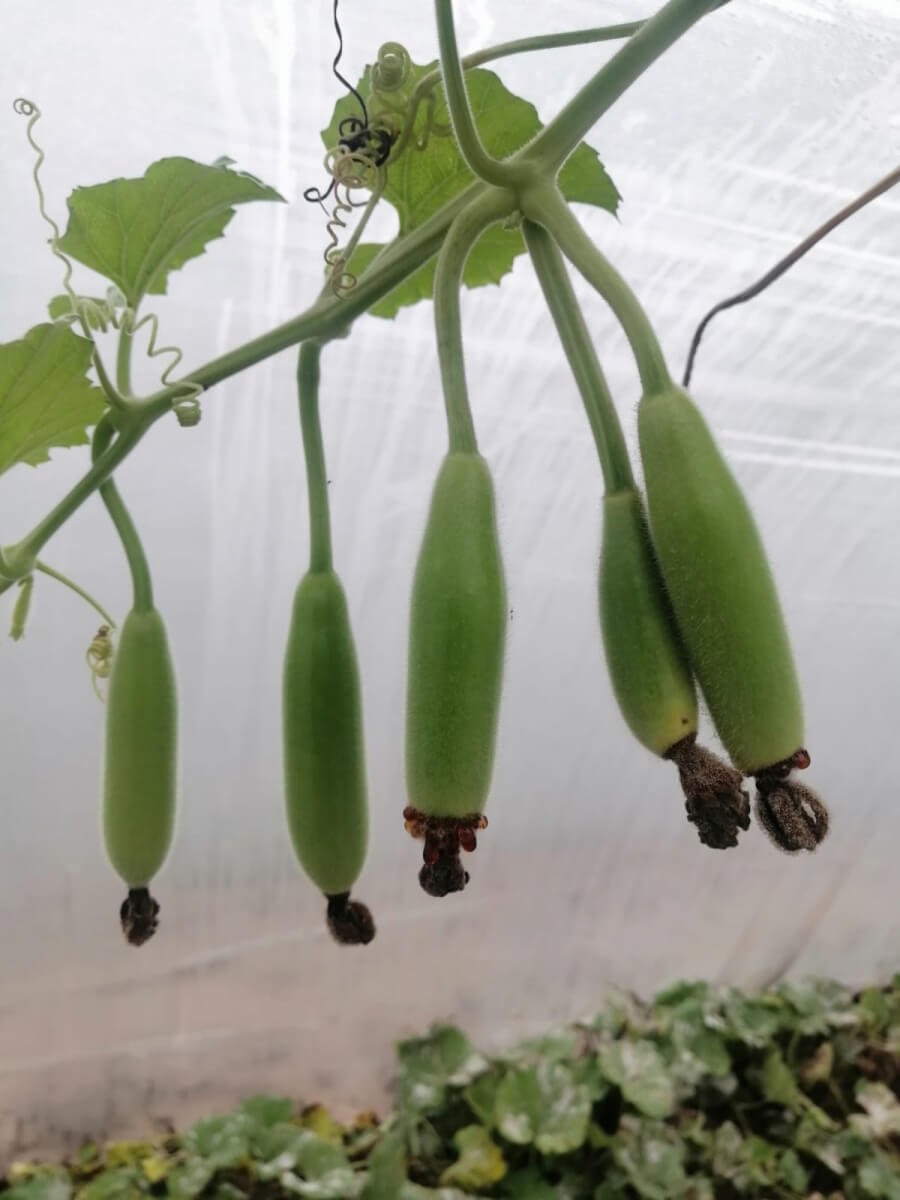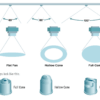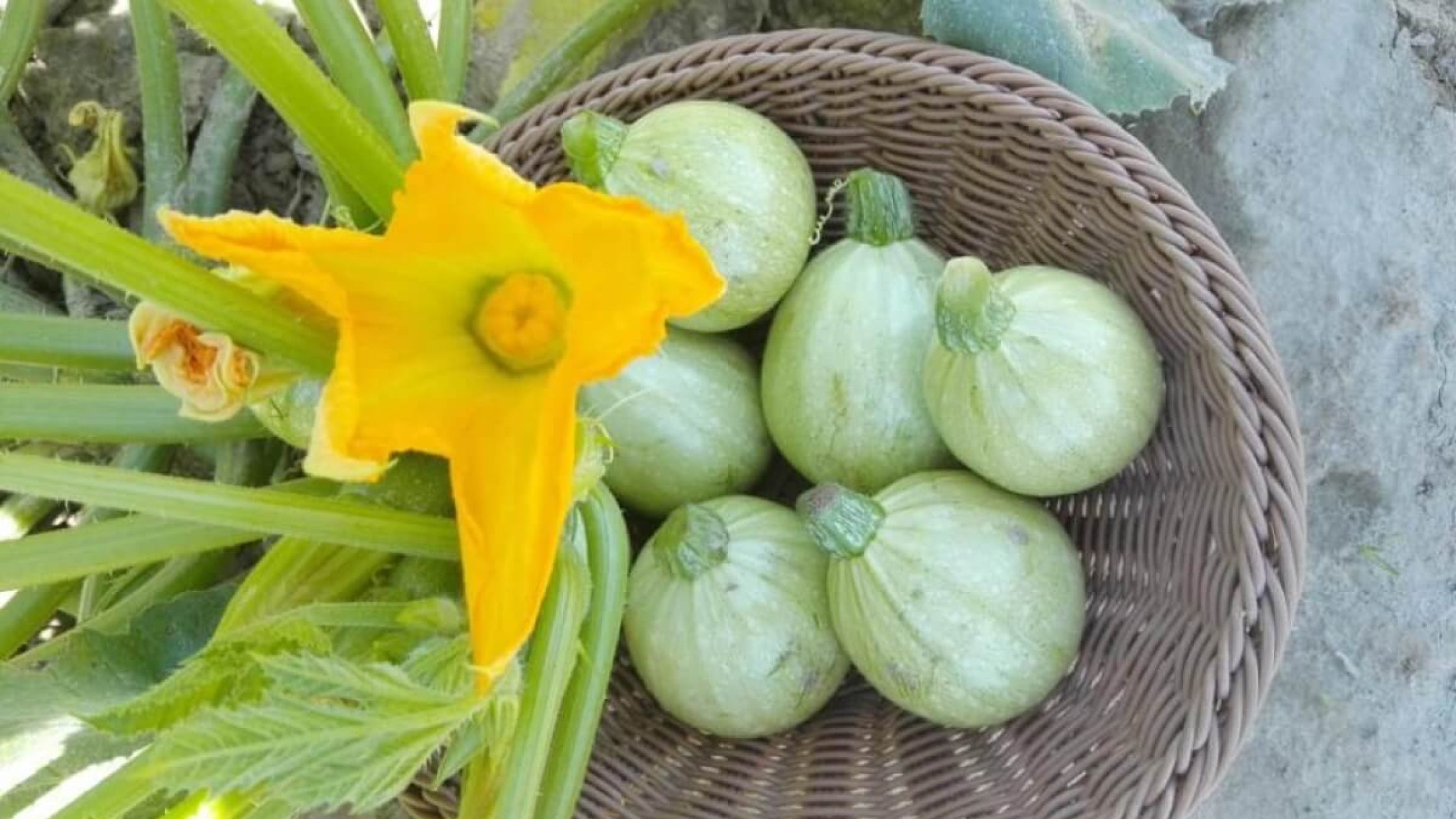No products in the cart.
Return To Shop
Plant growth regulators (PGRs) as yield Enhancers in Off Season farming
Bottle gourd (Lagenaria siceraria) is a commonly grown vegetable in Pakistan and belongs to Family of Cucurbitaceae. Besides many other reasons for low yield, there is one problem of fewer pistillate flowers and a high sex ratio. In cucurbitaceous plants, sex expression such as time of flowering, sex of flowers, the number of flowers of different sexes, sex ratio, etc. is determined by genes as well as the environment. Huyskens et al. (1992) reported that significantly more female flowers were produced during spring-summer, under long days and high temperatures, than in autumn and winter under short days and low-temperature conditions. Plant growth regulators are found beneficial for the induction of pistillate flowers and reduction of staminate flowers in bottle gourds. Sex expression can also be controlled by changing the environment and by using different growth regulators. Commonly available hormones, responsible for flowering in the plant body are auxins, gibberellins, cytokinins, ethylene, and abscisic acid. Some growth regulators promote femaleness, while others promote maleness. Rahman and Karim (1997) reported that a number of female flowers, fresh weight of fruit, and yield per plant were highest when a combination of 100 ppm Naphthalene was used. Singh and Choudhury (1983) observed that there at 50 and 100 ppm induced the first pistillate flower earlier and at lower nodes in bottle gourd and also lowered the sex ratio as compared to the control. Gibberellic acid (GA) and MH3 (Maleic hydrazide) significantly increased the number of pistillate flowers per plant.








Leave a reply